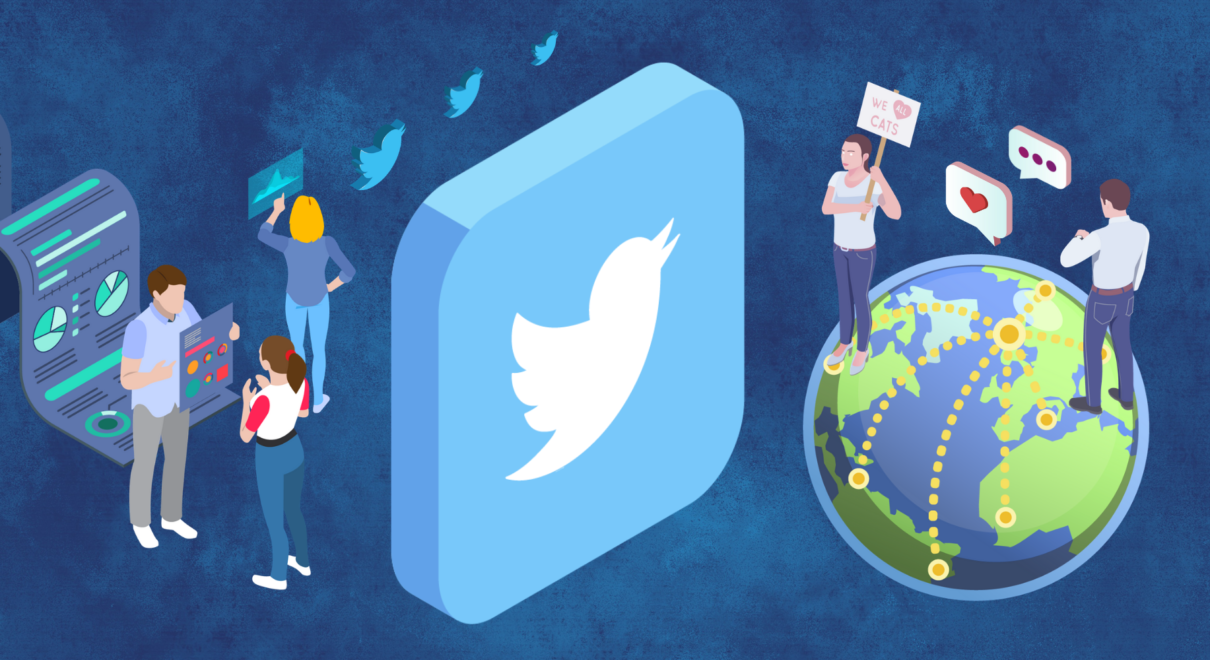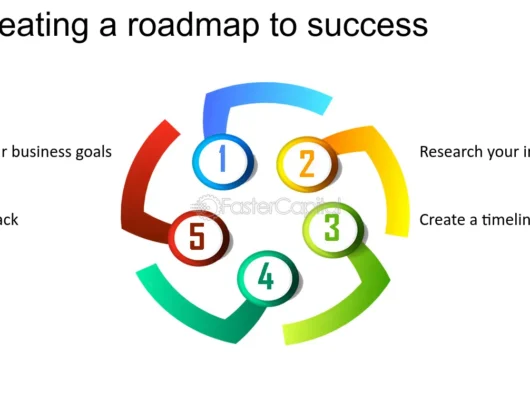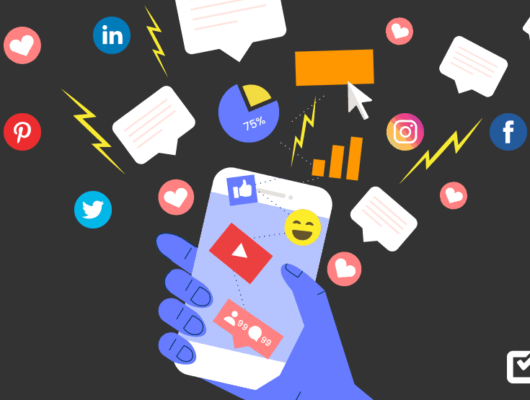In the fast-paced world of social media, Twitter remains one of the top platforms for real-time conversations, trending topics, and brand engagement.
With Twitter influencer marketing, businesses can harness the power of influential voices to drive brand awareness, foster engagement, and even boost sales.
But what makes influencer marketing on Twitter so effective, and how can you create a successful campaign? This guide will walk you through the ins and outs of leveraging Twitter influencers to amplify your brand’s reach.
1. What is Twitter Influencer Marketing?
Twitter influencer marketing involves partnering with individuals who have a significant following and strong influence on the platform. These influencers help brands reach a wider audience by sharing content, promoting products, or endorsing services through tweets, retweets, and interactions.
- Types of Twitter Influencers:
- Micro-Influencers: Accounts with a smaller, more niche following (usually 10K-100K followers) but high engagement rates.
- Macro-Influencers: Larger accounts with hundreds of thousands of followers, often with broader influence across multiple sectors.
- Celebrity Influencers: Public figures with millions of followers who can provide massive exposure.
Influencers can spark conversations, build brand trust, and create authentic connections with their followers, making Twitter a prime platform for influencer-driven campaigns.
2. Why Twitter Influencer Marketing Works
Influencer marketing thrives on trust and authenticity. On Twitter, influencers engage directly with their followers, often in real-time, which creates a sense of closeness and credibility that traditional advertising lacks.
- Authentic Engagement: Twitter influencers have built trust with their followers. When they share your brand’s message, it feels like a recommendation from a friend.
- Real-Time Interaction: Twitter’s fast-paced nature allows influencers to engage with followers in real-time, creating a dynamic and interactive marketing experience.
- Targeted Reach: With the right influencers, you can target specific demographics and interests, ensuring that your campaign reaches the audience that matters most.
3. How to Choose the Right Influencers
Selecting the right influencers is critical to the success of your Twitter influencer marketing campaign. It’s not just about follower count—relevance and engagement matter more.
- Identify Relevant Influencers: Look for influencers who align with your brand values and audience. They should be active in your industry or niche and have followers who match your target market.
- Check Engagement Rates: An influencer’s engagement rate (likes, retweets, replies) is more important than their follower count. Higher engagement means the influencer’s followers are actively involved and more likely to take action.
- Analyze Previous Campaigns: Evaluate the success of past partnerships. Did the influencer generate meaningful engagement or drive conversions for other brands?
4. Building Relationships with Twitter Influencers
Approaching influencers requires thoughtful planning. Start by building genuine relationships before diving into a campaign.
- Follow and Engage: Begin by following potential influencers on Twitter and interacting with their content. Like, comment, and retweet to show genuine interest in what they share.
- Send a Personalized Pitch: When reaching out, avoid generic pitches. Be clear about why you want to partner with them, how your brand aligns with their content, and what you hope to achieve through the collaboration.
- Offer Value: Influencers are more likely to partner with brands that offer value. Whether it’s compensation, free products, or exclusive access, make sure the influencer feels valued.
5. Creating an Effective Influencer Campaign
Once you’ve secured an influencer partnership, it’s time to design a campaign that maximizes impact.
- Set Clear Objectives: Define your goals, whether it’s to increase brand awareness, drive website traffic, or boost sales. Clear objectives will help both you and the influencer measure success.
- Craft a Compelling Message: Collaborate with the influencer to create authentic and engaging content. Give them creative freedom to craft tweets and messages in their unique style, ensuring it resonates with their audience.
- Incorporate Hashtags: Use branded or trending hashtags to increase visibility and create a cohesive campaign. Encourage the influencer’s followers to engage using the hashtag, creating user-generated content.
- Include a Call-to-Action (CTA): Ensure that each tweet or post includes a clear CTA, whether it’s to visit your website, enter a contest, or check out a product.
6. Maximizing Engagement Through Influencer Content
Twitter is a fast-moving platform, and influencer content can quickly get lost in the feed if not handled properly. Here are some tips to maximize your campaign’s reach:
- Promote Influencer Tweets: Retweet the influencer’s content from your brand account to amplify visibility and show endorsement.
- Engage in Real-Time: Respond to comments, like replies, and participate in the conversation around the influencer’s tweet. This builds momentum and encourages more engagement.
- Utilize Twitter Ads: Amplify the influencer’s posts using Twitter Ads to ensure it reaches a larger and more targeted audience.
7. Measuring the Success of Your Influencer Campaign
To gauge the effectiveness of your Twitter influencer marketing campaign, you need to track key metrics and analyze the results.
- Engagement Metrics: Track likes, retweets, replies, and mentions to measure audience interaction with the influencer’s content.
- Follower Growth: Monitor your brand’s Twitter follower count before and after the campaign. An increase in followers is a good sign of heightened brand awareness.
- Website Traffic and Conversions: Use UTM links or custom promo codes to track how much traffic or sales the influencer’s campaign drove to your website.
- Hashtag Performance: If you’re using a branded hashtag, track how often it was used and whether it sparked user-generated content.
8. Examples of Successful Twitter Influencer Campaigns
- Adidas’ Partnership with Athletes: Adidas regularly partners with athletes and sports influencers to promote its latest products. By leveraging influencers with credibility in the sports world, they increase brand trust and visibility.
- Samsung and Tech Influencers: Samsung teamed up with tech influencers for the launch of their new Galaxy smartphone, generating buzz and excitement through live tweet sessions and product reviews.
9. Avoiding Pitfalls in Twitter Influencer Marketing
While influencer marketing can be incredibly effective, it’s important to navigate common pitfalls.
- Lack of Transparency: Ensure influencers are transparent about their partnership with your brand. Always follow FTC guidelines, which require influencers to disclose sponsored content using hashtags like #ad or #sponsored.
- Choosing the Wrong Influencers: Make sure the influencer genuinely aligns with your brand. A mismatch can lead to poor engagement or damage to your brand’s reputation.
- Inconsistent Messaging: While it’s important to give influencers creative freedom, ensure that their messaging aligns with your brand’s values and overall marketing goals.
Conclusion
Twitter influencer marketing can be a powerful tool for brands looking to expand their reach and build credibility.
By choosing the right influencers, crafting engaging content, and tracking results, your brand can tap into new audiences and foster meaningful connections.
In a world where social proof reigns, the right influencer partnership can lead to tremendous growth.






